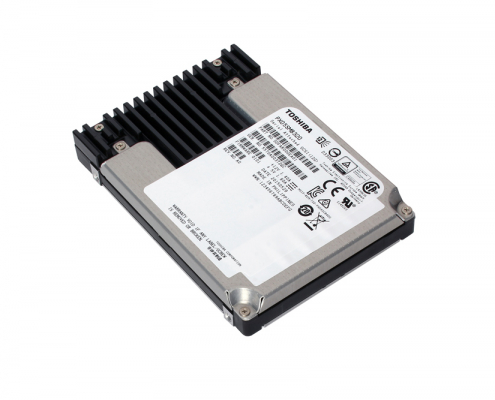
ZFS – CENTOS Downgrade
ZFSZFS - Downgrade Commands for Centos:
To do the downgrade/re-install dance:
[crayon-687241f78c682663235021/]
[crayon-687241f78c68b904733465/]
[crayon-687241f78c68e712340384/]

ZFS – Tuning
ZFSZFS tuning for SAS3 Storage Tank
[crayon-687241f78ce6d616785237/]
ZFS tuning for SAS3 ALL SSD + nVME Storage Tank
[crayon-687241f78ce75615776169/]
Some more good advice:
SvennD
ZFS-Discuss

ZFS – SNMP
ZFSZFS - SNMP Extend Commands:
[crayon-687241f78d243877004337/]
LibreNMS:
https://community.librenms.org/t/zfs-support/1839
https://docs.librenms.org/#Extensions/Applications/#zfs

Solid State Drives Technology Comparison – SLC, MLC, TLC NAND
SSDSSDs (Solid State Drives) use NAND flash chips. Each of these chips contain millions of cells with limited number of write cycles. There are different types of NAND flash chips in use today with different characteristics as follows:
SLC (Single…

ZFS – Replacing a dead disk in a zpool
ZFS
ZFS – Single Path
[crayon-687241f78d4f9757794826/]
ZFS – Multi Path
[crayon-687241f78d502277843757/]
